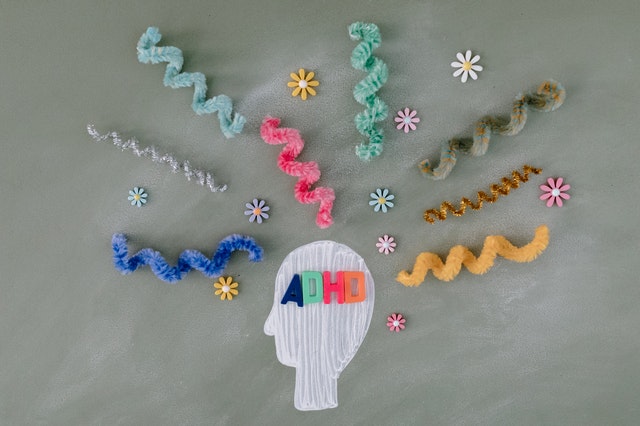Understanding Children Diagnosed With ADHD
If your child has recently been diagnosed with Attention Deficit Hyperactivity Disorder (ADHD), then you might have some concerns about how to care for them without overstimulating them. ADHD is a unique condition because if children are not provided with the right tools to release energy, then they can become aggressive, which can be an issue in later life.
There is still a huge amount of stigma associated with ADHD which is why it’s important that everyone educates themselves about how the condition presents itself in children. They tend to be very misunderstood, but can thrive when they are given the right amount of support. This guide acts as a starting point that can be used to improve your understanding of children diagnosed with ADHD, and provide some ideas for additional independent research. Check out https://starthereparents.com/ for more detail.
Different Types Of ADHD
Firstly, it is worth noting that ADHD is not the same across the board, and it is usually seen in one of three main types. It depends on what key traits a child is presenting, and understanding which type they have been diagnosed with can allow you to have better interactions with the child. Ensuring that they feel understood and that you are on their side is highly important, which is why it’s worth knowing the three main categories of ADHD.
Inattentive ADHD is usually seen in children who tend to daydream a lot. They might not appear to be listening to directions or information, and are often very forgetful and easily distracted. Someone with inattentive ADHD is typically more disorganized, and might not care about small details when doing a task which can lead to careless mistakes.
Hyperactive ADHD, also known as impulsive ADHD, is when a child might be more mobile. They may find it very difficult to sit still, or wait for their turn. Someone with hyperactive ADHD might interrupt more during conversations, and may fail to consider the consequences for a social situation. Children with hyperactive ADHD are frequently running or climbing, and may find it hard to play quietly. Most children tend to outgrow this, which is why it is the least common form of ADHD.
Combined ADHD is the most commonly diagnosed form of ADHD because it describes someone who has both inattentive and hyperactive or impulsive traits.
Stigma
With ADHD, there is a huge amount of stigma that people place on children and adults who have been diagnosed. Some people might assume that a child with ADHD is lazy or disruptive for no reason. It can be challenging within a classroom setting to keep someone with ADHD occupied because of the distractions from background noise or other children. Luckily, we live in an era where teachers are being trained on the different cognitive conditions and how to make things easier for a child with ADHD to retain new information.
Social Impact
Being within a school setting, children with ADHD face the challenge of changing social circles and more demand is placed on them to function similarly to their neurotypical peers. It can be exhausting to want to fit in with others at a young age when their games might not agree with ADHD. Growing up, children with ADHD are more vulnerable to social isolation, which can have damaging effects on their peer relations.
How To Help
Understanding children diagnosed with ADHD is only the tip of the iceberg, because it’s essential that we learn how to engage with our children at home and outdoors. Depending on what form of ADHD they have been diagnosed with, you should consider setting up a routine that allows them to learn how they can take care of themselves in later life.
In addition, you should consider showing your child how they can channel their energy into movements. Whether you want to build a swing for them to use or a stationary bicycle, moving the body can be a great way to release energy without it turning into aggression or violence.
Another thing that can do wonders for your child’s self-esteem and confidence, is to find an activity that you can do together. This can allow you to have some one-on-one time without forcing them to sit still in a fixed spot. It can help them understand that you are a team, and that you will fight for them to get the support they need. Knowing that you are with them rather than against them can do wonders for your child.
Summary
There are a lot of things that need to be carefully considered when you are trying to understand children diagnosed with ADHD. There are three key types of ADHD; inattentive, hyperactive, and combined. Make sure that your child understands that they are not disruptive and that they are unique in their own way. This can allow them to understand that you support them no matter what.
